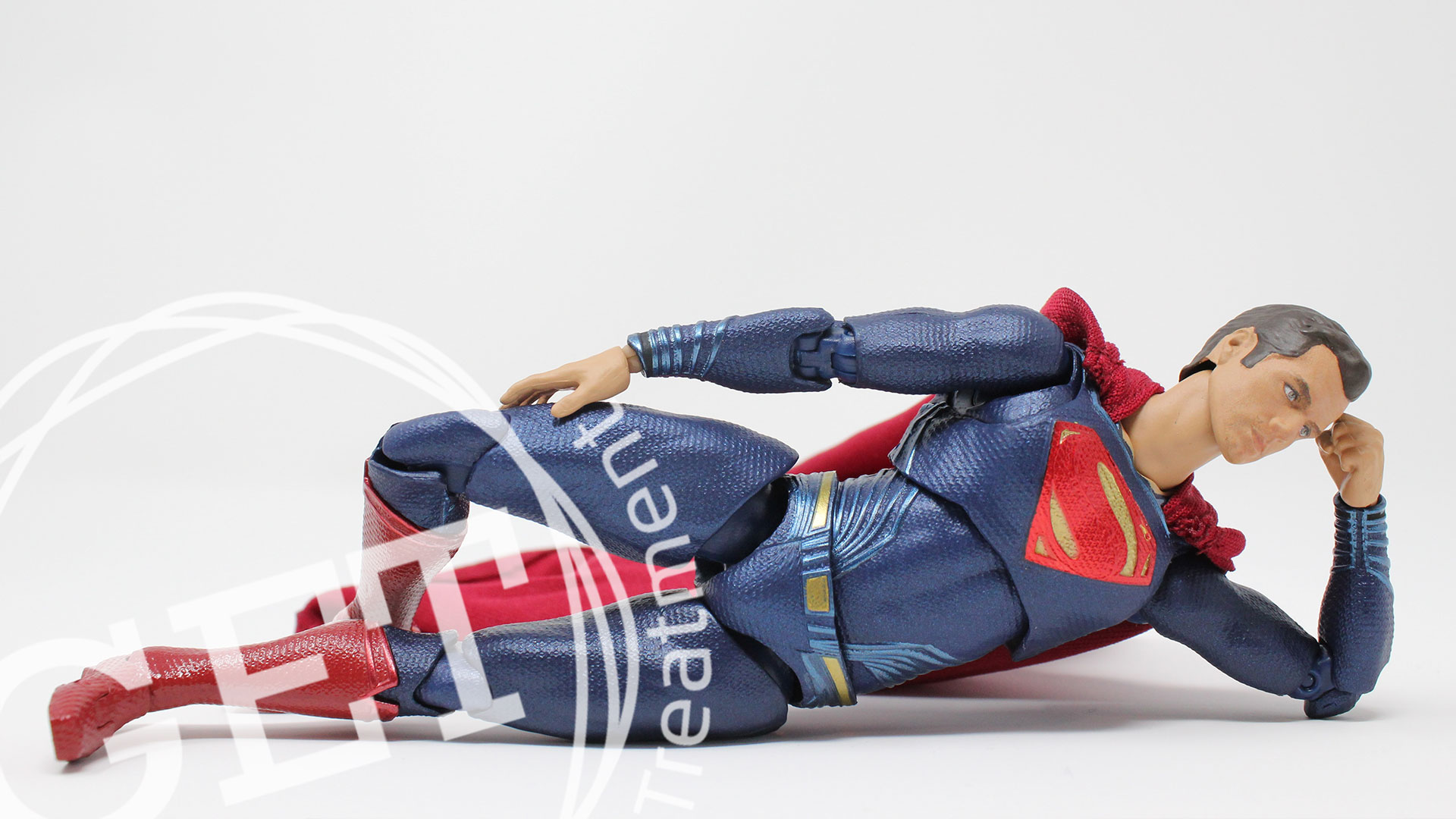One of the aspects of my teaching activity, is that some younger colleagues often show me cases asking my advice and a suggestion for a treatment plan.
The constant outcome of this situation is a slight expression of disappointment at my answer, with the expression “that´s it???” written all over their face. You can try to give a book as a Christmas present to a 12-years-old and you will get more or less the same response.
The reason for this reaction is very simple: inevitably I always suggest the easiest and safest treatment possible. Very seldom a fancy or invasive treatment plan, sometimes it constitutes a level of compromise.
When my interlocutor is particularly spirited, they convey to me their original first treatment plan, something normally involving extensive tooth movement, martyr-like patient cooperation and a metallic pin of some sort inserted somewhere in the skull of the patient.
If you are wondering about the reason of these differing treatment plans, I will immediately satisfy your curiosity: the reason for the elaborate treatment plans that most clinicians put forward is a consequence of lectures that they have attended.
You see, there are only 3 possible motivations for which someone stands on a podium in an orthodontic congress:
– Exhibitionism
– Financial interest
– Career ambitions (normally academic)
You can argue that you may do that for the love of teaching but what is that other than a nobler form of exhibitionism?
And please spare me the “I do it for the love of science”… This may be true but only for a minority of speakers, to whom I would heartily suggest to re-target their efforts and work in researching the cure for cancer instead, it would make much more of a difference.
The “clinical” speakers (myself including) are normally motivated by one or both the first two reasons. And once you are on a podium, the attention of the audience is all it matters to you. The problem is, the best way to get attention is to look for the WOW effect in the audience.
How do you generate the WOW effect? There are different ways.
– Show something technologically very, very advanced. It does not matter that such solution does not bring real advantages, that it is financially totally unfeasible and that it will stay like this for the next foreseeable future. What counts is the bling-bling
– Sell hope. Tell the audience “use this and your difficult cases will become easy” or “use this and you will automatically reach financial success”, may be seasoning the presentation at the same time with a couple of pictures of the speaker´s luxury lifestyle, a speedboat, a sportscar or a fancy practice, with the subliminal suggestion that yes, you can achieve just the same too…
– Show selected extreme cases. The so-called “herodontics”.
The latter point is especially nefarious, since it ends up with affecting directly patients well-being.
In lectures, the focus is only on the treatment outcome compared to the start. It´s art, it´s ballet, it´s the NBA slam-dunk competition.
We treat orthodontics as a performance.
The problem is, medicine is not a performance, it is a matter of statistics.
In medicine, the treatment outcome is not the only parameter.
The formula for a responsible choice of treatment is: (treatment outcome) x (probability of success) x (cost/benefit ratio)-1
A perfect result does not matter much, if it is statistically unlikely to happen or if it has a cost which does not justify the effort.
If you have a very high, horizontal impacted upper canine the right decision is to extract it, I do not care if you show me one single successful case of traction into arch, since we know that this would succeed only in a minority of cases and only after an unreasonably long treatment time.
Think about it, next time you sit in an audience.
Your job is NOT to ATTEMPT to reach the absolute ideal clinical outcome.
Your job is to reach the best clinical outcome possible with the highest chances of success and at a cost compatible with real life.
Your job is to deliver an average high quality work in a predictable manner, not random peaks.
Of course, there will still be cases in which you will need to try to achieve the impossible due to lack of alternatives but you may get a couple of these cases per year.
For the rest of them, it applies the principle which was introduced to me during my postgraduate studies, called KISS.
It stands for: Keep It Simple, Stupid.
I know you all would like to be Superman but reality is, orthodontists are much more Clark Kent
